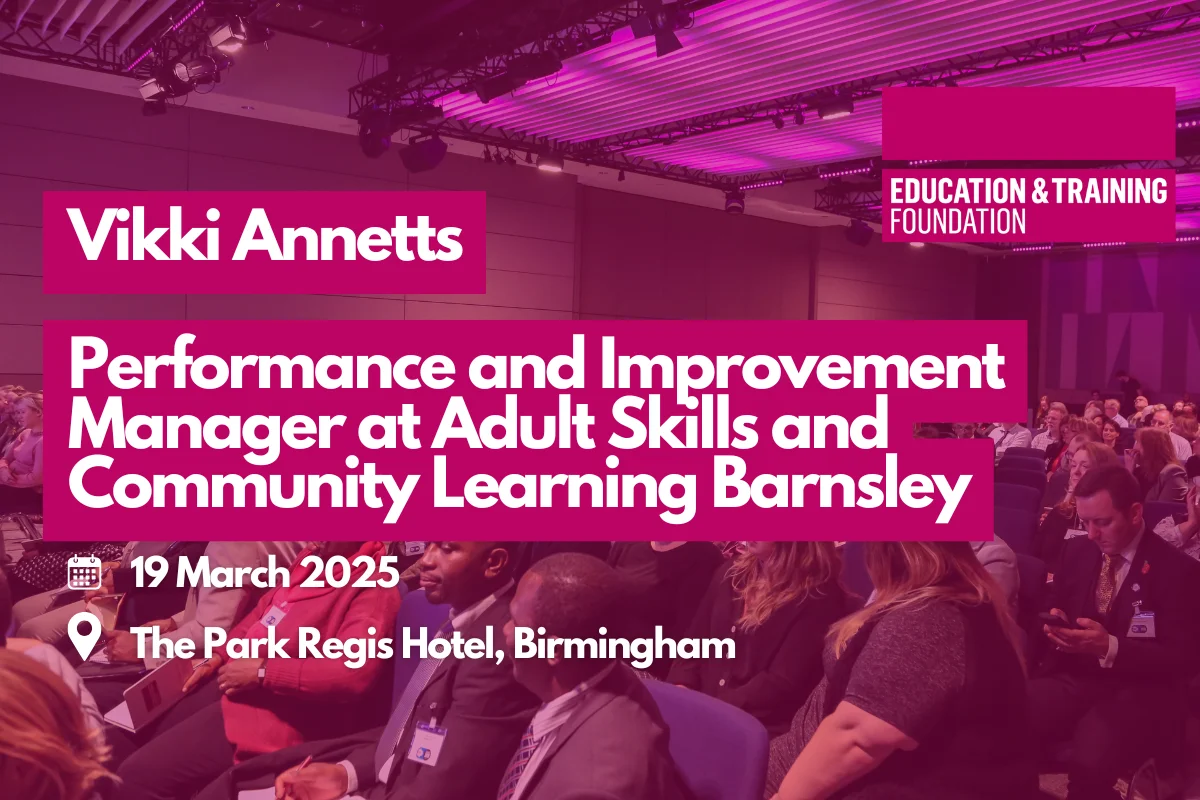VR and gamification are set to transform training and education in 2021

Why #VR tech is key to remote talent development and Learning From Home
The year 2020 will be remembered for many things: coronavirus, Brexit, Biden… and the start of a true work from home revolution.
Many businesses had to follow where few had yet gone and facilitate entire workforces operating remotely without a dip in service — and while navigating an unrivalled level of business disruption.
Much focus has been placed on the cloud-based technologies which enabled this to happen on a mass scale with next to no warning, ensure business continuity and helped stave off mass company casualties.
As we move into 2021, remote working shows little sign of slowing.
One of the challenges of working at a distance is ensuring that learning and development can continue.
As such, it’s probably not surprising EdTech has seen phenomenal growth and bleeding edge innovation — in fact, a recent study of global patent applications showed a record 2,175 patents for remote learning tech were filed in the 12 months to 30 April 2020.
Here, the pandemic accelerated the expansion of an already growing area.
One clear emerging trend in tech here is VR.
Let’s use an ambulance service as an example. It’s imperative that training is up-to-date and accurate, and that new starters, as well as those progressing in their careers, have proper opportunities to test their knowledge and learn from scenarios.
And, pandemic or not, it’s important that they have a near-to-life as possible learning experience to immerse people in this training. Previously, actors have frequently been used to ‘play’ casualties, but this year has needed a workaround.
VR has stepped into the gap to provide a realistic immersive experience that equips staff with valuable experience and insight into the many factors at play when working with emergency healthcare and emergency response — such as with one exercise my business ran with the North West Ambulance Service, where the learner played the role of a dispatcher to make choices about the most appropriate ambulance response.
The major benefit of VR is that is can be incredibly lifelike.
By filming in genuine locations and using a mix of actors and real-life employees, VR providers can deliver a true reflection of an authentic experience.
A carefully planned VR experience can enable businesses to test and train staff with evolving scenarios that differ based on the steps taken and accurately demonstrate how multiple members of the team must work together and communicate effectively to achieve the best outcome.
But a significant barrier to wide adoption of this tech has been accessibility.
Harnessing the power of web VR tech can bring VR to the masses. By opting to use a web technology, businesses can develop learning scenarios that don’t require expensive hardware and can be delivered to staff at any location — through the use of a mobile phone app — at scale.
We’ve developed a new VR authoring tool – CREATOR VR – to deliver realistic scenarios with a pilot project for emergency medical teams, supported by the World Health Organisation (WHO). The possibilities here are endless. Humanitarian groups, war zone training, front line medical care — all are sectors where a base level of training and understanding is needed before a person can safely start work, and the more realistic, the better.
It can be adapted for conflict resolution training, health and safety, first aid; any sector of training where a realistic scenario is going to deliver a better learning outcome.
VR has been on the periphery of mass use for some years.
I wholeheartedly believe that now is its time to break thorough as a force for good across a range of sectors from health & safety and insurance to education.
The pandemic has brought alternative working arrangements to the fore and tech can help businesses to future-proof their talent in every workplace – delivering immersive, relevant learning, even if they’re at home.
Mike Todd, CEO, Near-Life











Responses